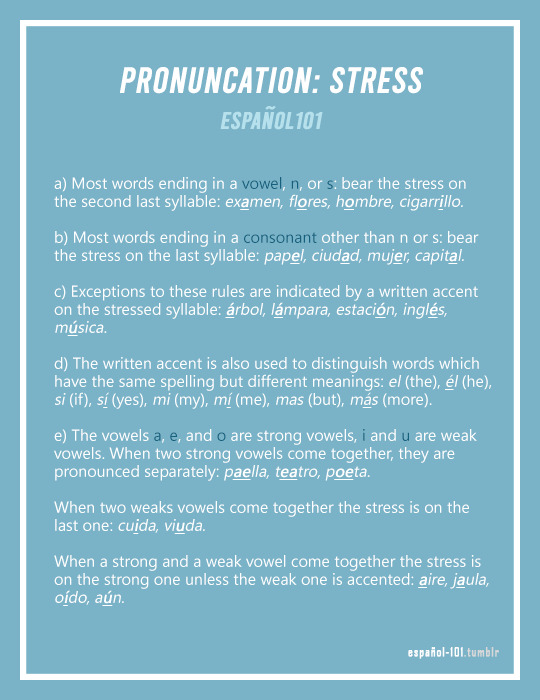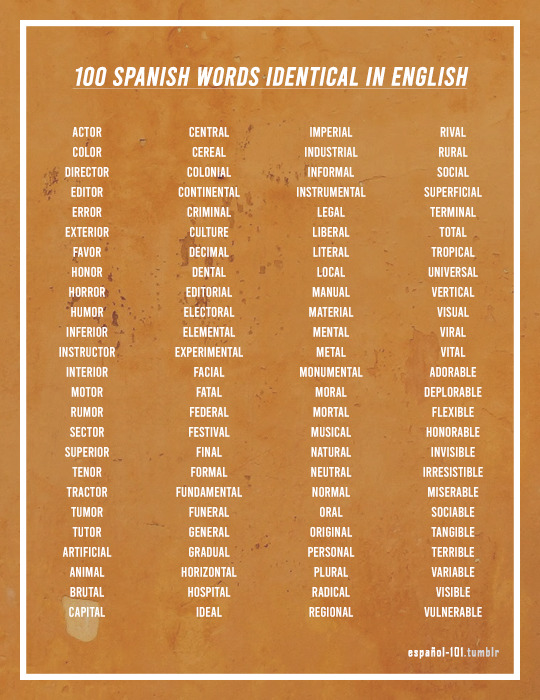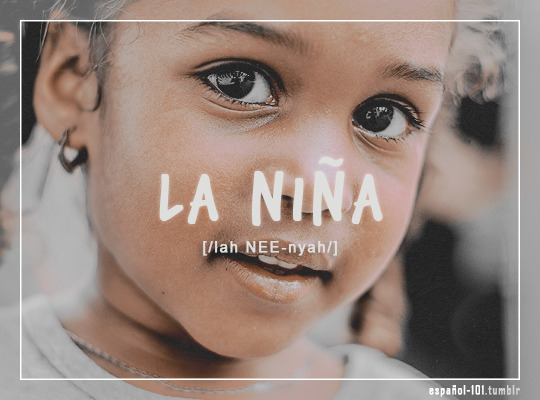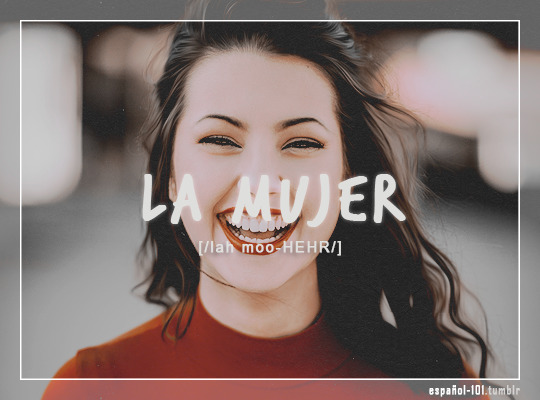Photo

Source: ‘spanish in 3 months’ [x]
5 notes
·
View notes
Photo

108 notes
·
View notes
Photo

25 notes
·
View notes
Photo

the book / noun / masculine [x]
1 note
·
View note
Photo

baseball / noun / masculine [x]
0 notes
Photo

the girl / noun / feminine [x]
0 notes
Photo

the woman / noun / feminine [x]
1 note
·
View note
Photo

the boy / noun / masculine [x]
1 note
·
View note
Photo

library / noun / feminine [x]
1 note
·
View note
Photo

Langblrnet hit 2k+ followers wow!
Thank you for clicking on the follow button (we hit 2k a while ago), and thank you to all the members for the amazing content.
Applications are still open so be sure to apply soon:)
Langblrnet is a langblr network, dedicated to connect the langblr community in one site! All langblrs welcome:)
Before Applying
Follow the network
Follow the network tag to see member’s posts (track #langblrnet)
Reblog this post
Read the rules here
Must be at least 30% langblr
Keep your messages open so I can inform you when you’re accepted
Once accepted, please put a link to the network somewhere on your blog
Check out the admin
Once you’ve completed everything, apply here!
22 notes
·
View notes
Photo

football / noun / masculine [x]
2 notes
·
View notes
Photo

the man / noun / masculine [x]
1 note
·
View note
Text

➤ Introduction
Gender
In Spanish, all nouns are either masculine or feminine. Often, nouns end in ‑o if they're masculine and ‑a if they're feminine.
el niño — the boy — [ehl NEE-nyoh]
la niña — the girl — [lah NEE-nyah]
Notice how you use el if the word is masculine and la if the word is feminine.
The apple is a girl?!
It's not just people that are masculine or feminine in Spanish. Objects are, too!
el pan — the bread — [ehl pahn]
la manzana — the apple — [lah mahn-SAH-nah]
Not sure what gender something is? Look at the the! If a word uses el, it's masculine. If it uses la, it's feminine.
I think, therefore...
In English, verb forms change depending on who's doing the action. For example, we say I am, you are, and she is. In Spanish, you do the same thing.
pronouns:
yo — I — [yoh]
tú — you — [too]
él — he — [ehl]
ella — she — [EH-yah]
ser — to be — [sehr]
soy — I am — [soy]
eres — you are — [air-ESS]
es — he is — [ess]
es — she is — [ess]
examples:
Yo soy una niña — I am a girl — [yoh soy OO-nah NEE-nyah]
Tu eres un niño — You are a boy — [too air-ESS OON NEE-nyoh]
[source]
4 notes
·
View notes